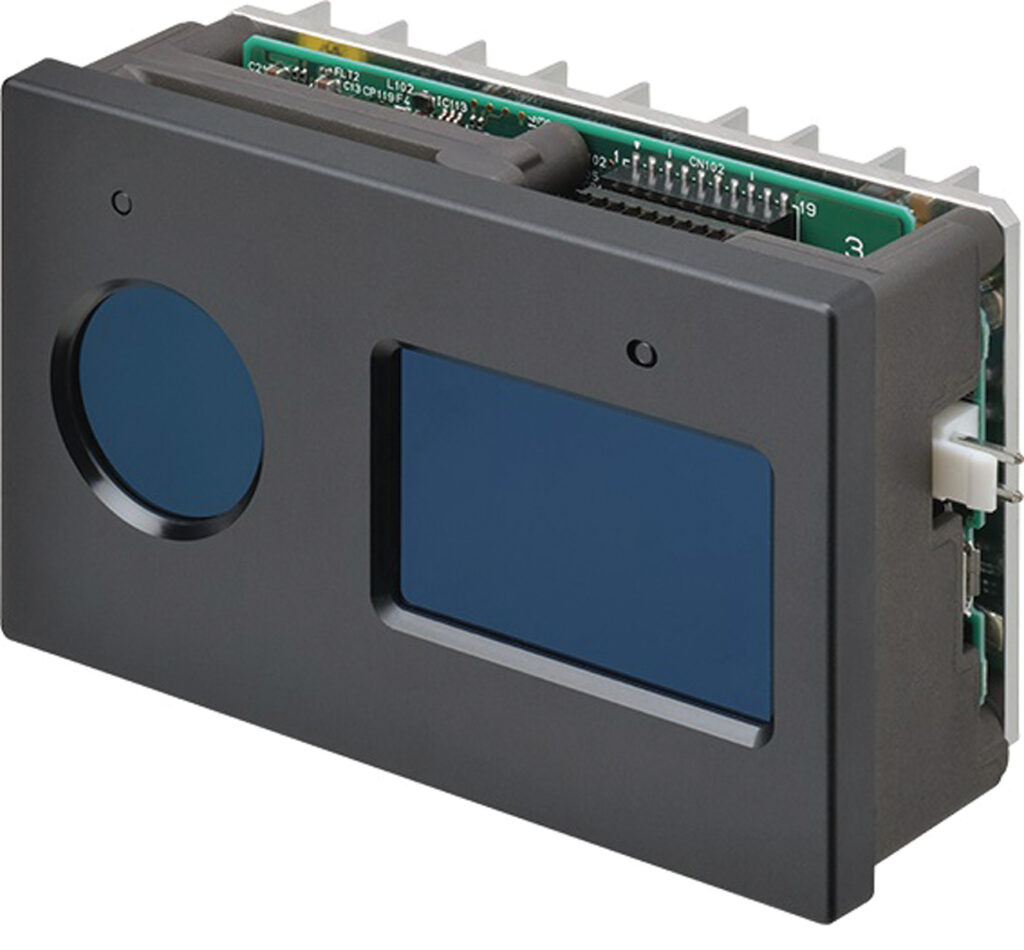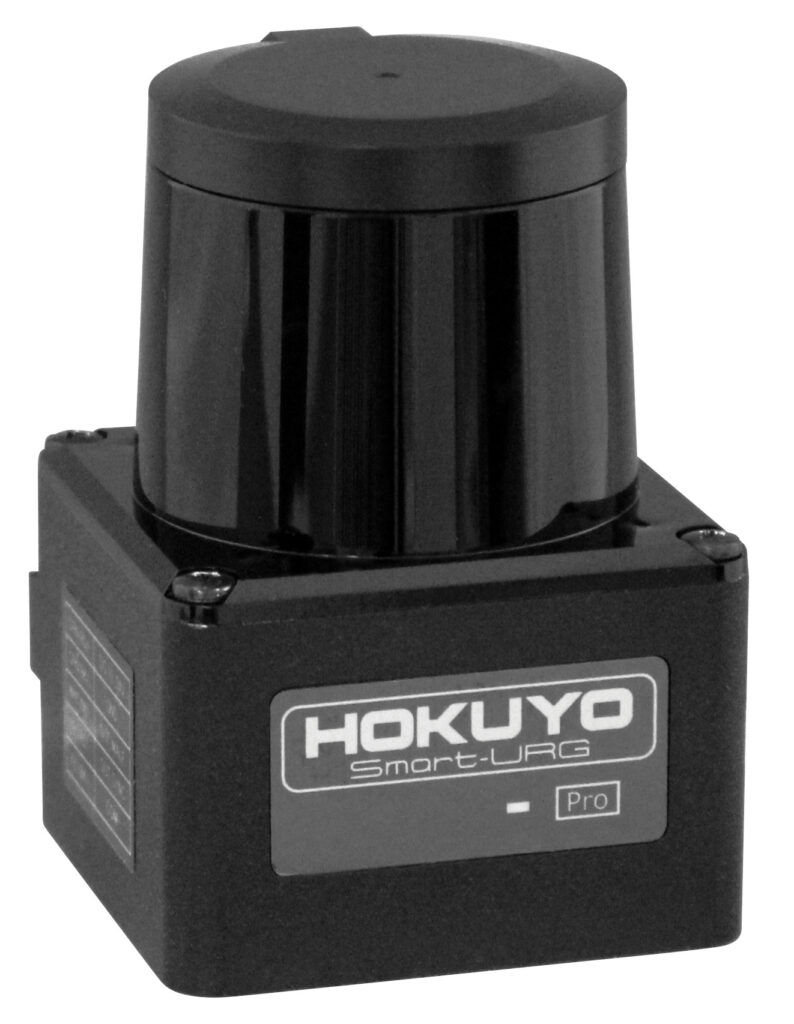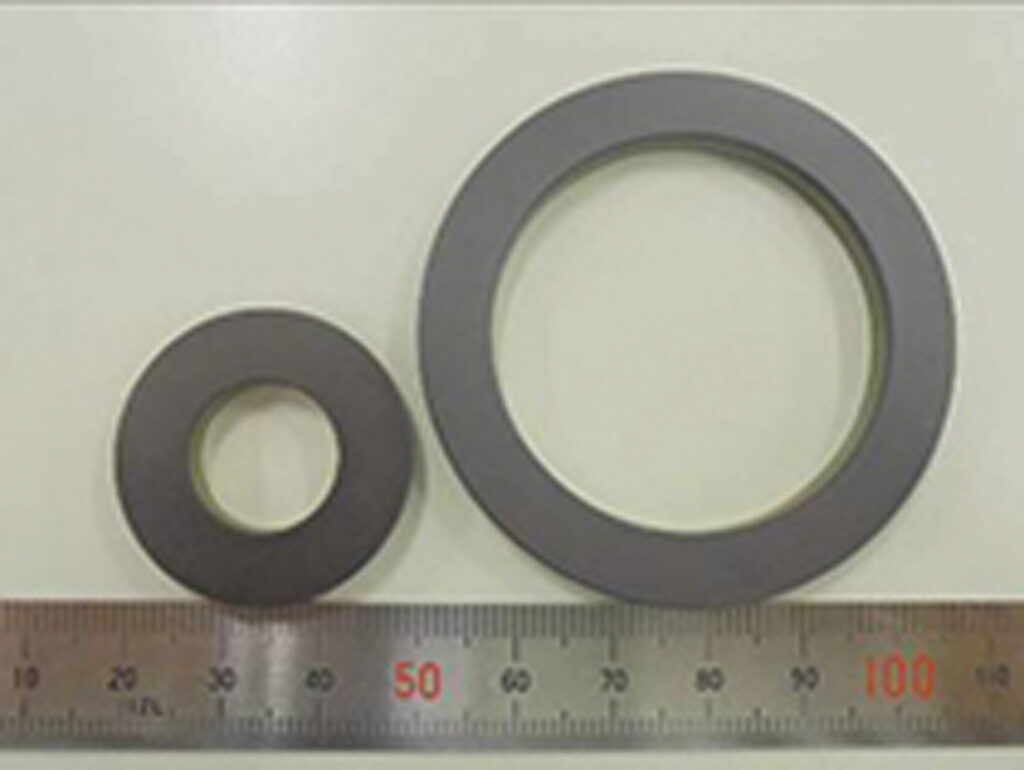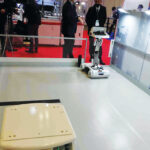ASIA ELECTRONICS INDUSTRYYOUR WINDOW TO SMART MANUFACTURING
High-Precision Sensors Emerge for Industrial, Service Robots
Leading components and semiconductor manufacturers have been introducing new sensors for robots one after another. On top of the needs for automation to cope with serious labor shortage and automation of simple and heavy works, the needs to avoid three Cs (closed spaces, crowded places, and close-contact settings) to prevent the spread of COVID-19 infections have emerged, thus accelerating the demand for robots.
Collaborative robots, automated guided vehicles (AGVs), and autonomous mobile robots (AMRs) are highly demanded at manufacturing sites and physical warehouses, and service robots at sites where services are provided. Manufacturers support the installation and proliferation of robots by providing a wide range of sensors for robots, such as high-precision, compact, thin, and low-priced sensors.
TOF Sensor Module
Omron Corporation has entered the embedded TOF sensor market with the development of the B5L Series embedded time of flight (TOF) sensor module. It can measure the distance of people and objects in three dimensions at a close distance of 0.5 to 4m in real time. The company has released the sensor module targeting applications, such as care receiver monitoring service robots, and material handling robots in the logistics field, as well as AMRs.

The palm-size sensor module measuring 103×64.3×43.1mm comprises a 940mm light-emitting diode (LED) for the light- emitting element; image sensor for the light-receiving element; central processing unit (CPU) for computing, and temperature, distance and image corrections; and a system on chip (SoC) consisting of a logic. It has achieved stable detection even under the sunlight of 100,000lux, which has been a challenge for TOF. It features horizontal detection range (angle of view) of 87° or above, vertical detection range (angle of view) of 67° or above, resolution of QVGA, and distance accuracy of ±2 percent (at 2m). It allows selection from two-dimensional (2D) data and 3D data.
2D LiDAR Sensor
HOKUYOAUTOMATIC CO., LTD., a manufacturer of industrial sensors, has developed the UST-30LX 2D light detection and ranging (LiDAR) sensor, which can be used outdoors with 100,000 lux and in low-temperature warehouses. The company started accepting orders in July and started mass production on full scale in September. The company supplies the 2D LiDAR sensor for AMRs, and service robots for obstacle avoidance and environmental recognition.

The 2D LiDAR sensor adopts a 905nm semiconductor laser for the light source (light emitting) and a high-precision avalanche photodiode newly for light receiving. It has increased detection distance to 30m in the same size (50×50×70mm) as existing products with detection distance of 5, 10, and 20m. It features maximum detection distance of 60m, minimum object to be detected of 180mm (at 10m), 350mm (at 20m) and 520mm (at 30m), and distance measurement accuracy of ±40mm.
It also features scanning angle of 270°, scanning time of 25msec, angle resolution of 0.25°, and operating temperature range of -30 to +50°. It is equipped with a multi echo function, which enables the reception of multiple echoes, such as rain and fog, and to select distance data from those echoes.
VCSEL Module
ROHM Co., Ltd. has established a vertical cavity surface emitting laser (VCSEL) module technology, which realizes high-precision TOF system by achieving high-output VCSEL for the laser light source. The adoption of VCSEL as a light source of the light-emitting section of sensing systems has been advancing in recent years.

ROHM plans to create a one-package module consisting of a VCSEL element and a metal-oxide-semiconductor field-effect transistor (MOSFET) element, which drives the light source, by March 2021, and supply the module for AGVs and industrial inspection systems that apply gesture recognition and shape recognition.
By integrating the two elements of VCSEL and MOSFET, which previously have been individually mounted on a substrate in a single package, ROHM has minimized the wiring length between the elements and maximized the performance of the two elements.
The module has achieved the short pulse (10nm or less) drive of the light source, which makes it immune to the effects of external noise due to sunlight, and high output about 30 percent higher than the conventional construction. It enables the reduction of mounting area and circuit design load and saves power consumption of applications through improved drive efficiency.
Multi-Track Magnetic Encoder
NTN Corporation has added the 32/31 pole pairs series, a compact type to its Multi Track Magnetic Ring, a thin and lightweight multi-track magnetic encoder. The Multi Track Magnetic Ring can construct highly precise absolute angle and rotational speed detection sensor system when combined with a magnetic sensor IC. The company started offering the axial type and radial type in August.

The 32/31 pole pairs series meet the demand for the joint section of collaborative robots and service robots, as well as for motors, reduction gears and electric power tools. Featuring a hollow large bore, it enables wiring in the hollow shaft, realizing downsizing of robots. Outer diameter has been reduced to approximately half that of the 64/63 pole pairs series, the company’s previous series, and its weight has been reduced to approximately half that of the existing 32/31 pole pairs that are available on the market.
Combined with iC-MU, a dedicated magnetic sensor IC of iC-Haus GmbH of Germany, it becomes a magnetic rotary encoder capable of high-precision angular sensing of maximum 19 bits (resolution of approx. 0.00068°). NTN plans to bring to the market by the end of 2021, the 1.5mm and 2.0mm magnetic pole pitch specification products, in addition to the existing 1.28mm specification product.
Reflection-Type Encoder
KODENSHI CORP. has developed a reflection-type encoder and started shipping samples in January. On the basis of its world-leading track record in transmissive encoders for consumer equipment, the company has entered the reflection-type encoder market. The reflection-type encoder can be used for robot arm servo motors, swinging function of network cameras and focusing of telephoto lenses. The company intends to capture the demand for consumer equipment as well by offering the encoder at low price.

It is the Ach and Bch output type incremental encoder. It features internally produced IC, point light source LED, and optical design matching characteristics of the respective components and has external dimensions of 5.0×3.9×1.6mm. It is 95 percent slimmer in volume and 80 percent smaller in the mounting area compared with the company’s conventional transmissive encoder. As it is a reflection type, installation is easy. It comes in 3.3V and 5V varieties in drive voltage and 150, 180, 300, and 360 lines per inch (LPI) in resolution.




